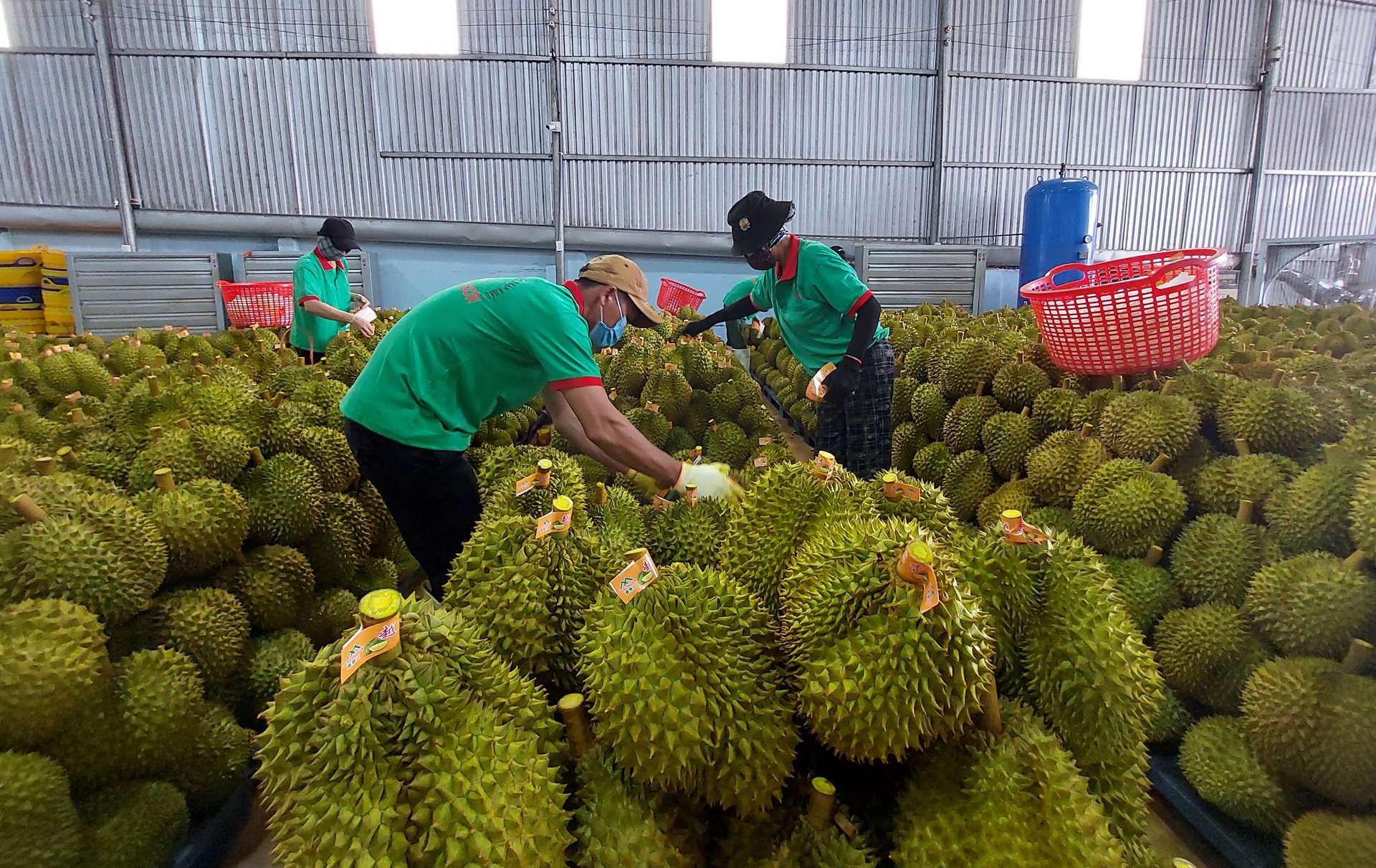 |
| Collecting, processing, and preserving durian for export at a facility in Dak Lak . Photo: CHÁNH THU |
Diversity and diversion
According to the Ministry of Agriculture and Environment (MARD), Vietnamese agricultural products cannot avoid the negative impacts of changes in the supply chain and strict (unilateral) tariff policies of major countries. However, this also opens up opportunities for Vietnam to adjust its export strategy, focusing on new and potential markets. First of all, Southeast Asia has always been one of the potential markets for agricultural exports.
In 2024, the Philippines will be the largest importer of Vietnamese rice, with about 3.6 million tons, accounting for 40% of Vietnam's total rice exports. Next is the European Union (EU), which has become Vietnam's third largest export partner since the Vietnam - EU Free Trade Agreement (EVFTA) took effect in August 2020. Vietnamese agricultural products such as rice, coffee and seafood have benefited from tariff incentives as committed, opening up many opportunities for Vietnamese products to enter this market.
In 2024, Vietnam's total export turnover to the EU is estimated to reach 51.7 billion USD, an increase of 18.5% compared to 2023. Of which, agricultural products contribute significantly thanks to tariff incentives and stable consumption demand. In addition, Japan and South Korea are also markets that favor Vietnamese agricultural products such as rice, coffee, tropical fruits and pepper thanks to their superior quality and suitability to the tastes of consumers in these countries.
Deputy Minister of Agriculture and Environment Phung Duc Tien said that recently, the ministry has continuously instructed businesses on the importance of expanding markets in the Middle East and Islamic countries. This is a strategic direction in the context of increasing demand for agricultural products in these countries, especially processed food products, fruits and seafood.
Deputy Minister Phung Duc Tien emphasized that with the increasing demand for Halal food (food according to Islamic standards), Vietnam has every opportunity to increase its export turnover, especially in the fields of seafood, rice and processed products. Mr. Nguyen Hoai Nam, Deputy Secretary General of the Vietnam Association of Seafood Exporters and Producers (VASEP), added that Vietnamese tuna and pangasius are products that account for a large proportion of the items imported by the Middle East.
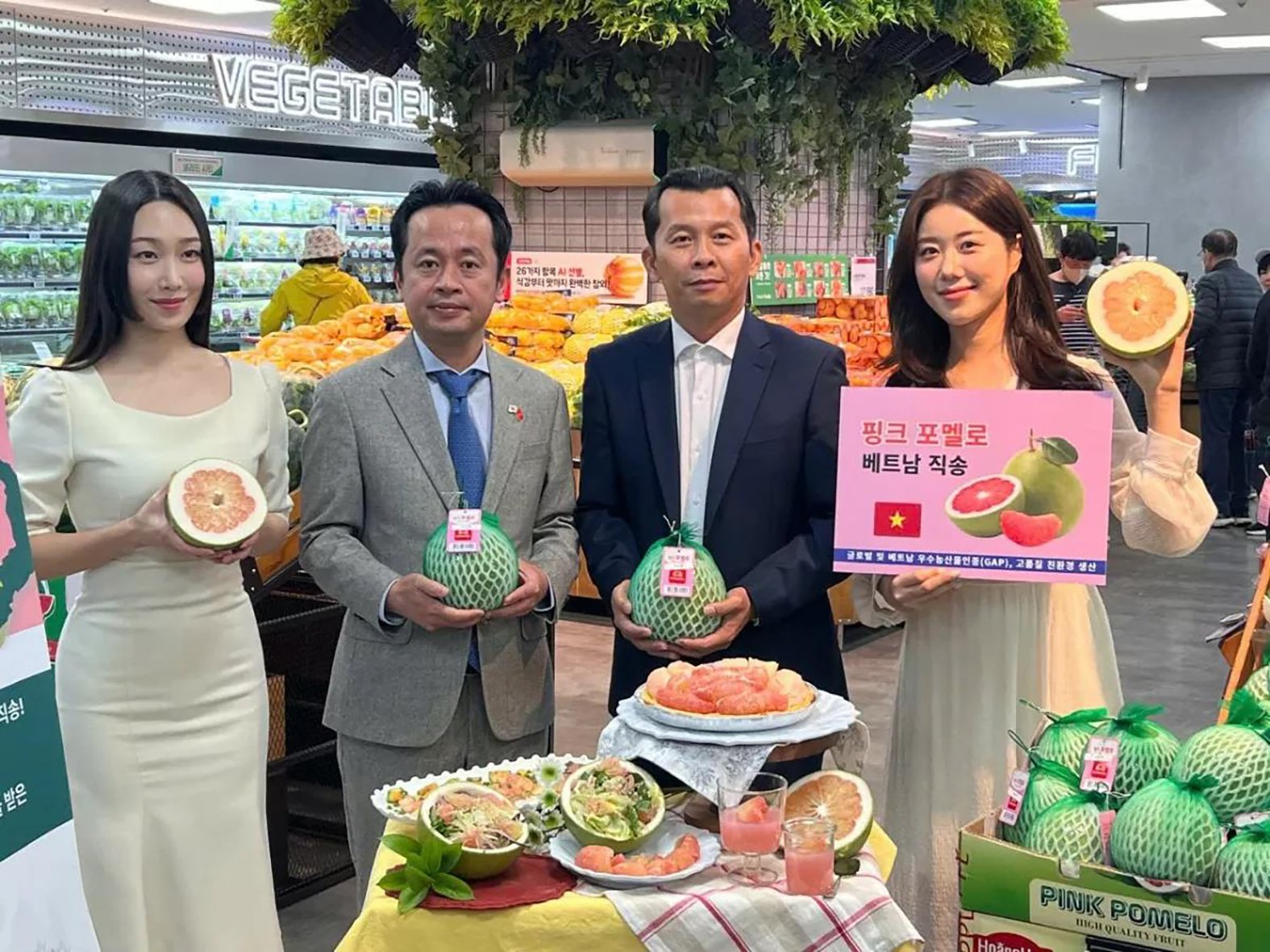 |
| On April 10, for the first time, Vietnamese grapefruit specialties were put on supermarket shelves in Korea. Photo: Contributor |
According to the representative of the Ministry of Industry and Trade , in addition to the Middle East and Islamic countries, Vietnamese agricultural products also have the opportunity and potential to conquer other emerging markets such as Africa, India and Latin America. These are areas with large populations and increasing demand for food consumption, especially in the segments of processed foods, rice, seafood and tropical fruits. For example, with a market of nearly 1.4 billion people like India, Mr. Bui Trung Thuong, Vietnam Trade Counselor in India, shared that this is one of the potential markets with great demand for Vietnamese dragon fruit. However, this market has not yet been focused on by Vietnamese enterprises.
Understand the market, comply with the rules
In the context of the current fierce trade war and increasing protectionism, the Ministry of Industry and Trade noted that expanding exports to emerging markets will help Vietnam reduce its dependence on traditional markets such as China and the US, which are being affected by the trade war. Although these markets bring many opportunities, Vietnam cannot avoid facing challenges.
Mr. Ngo Xuan Nam, Deputy Director of the National Sanitation and Plant Quarantine Information and Enquiry Point of Vietnam (SPS Vietnam), said that countries such as Japan, South Korea and EU countries require high quality standards and strict production processes. This requires domestic agricultural enterprises to make efforts to improve product quality and improve production processes to meet their requirements. Each emerging market has its own characteristics.
For example, the Middle East market requires Halal certification of agricultural products, while Africa faces challenges in infrastructure and political stability. India, with its large demand, has barriers in quality standards and prices, requiring Vietnamese businesses to have appropriate access strategies. Latin American markets, although potential, face strong competition from other exporting countries.
Affirming that the demand for seafood consumption in the Middle East is increasing rapidly, especially in countries such as Israel, UAE, Saudi Arabia and Qatar, Mr. Nguyen Hoai Nam noted that to penetrate this market, businesses need to focus on meeting Halal standards, because the majority of consumers here are Muslim.
| According to Mr. Nguyen Xuan Hoa, Deputy Director of the Department of Quality, Processing and Market Development, shifting agricultural exports to new markets is not only a response to the fluctuations of the trade war, but also a strategic step to ensure the long-term development of Vietnam's agricultural sector. The markets of Southeast Asia, the EU, Japan, Korea, the Middle East, etc. open up new opportunities, helping Vietnam not only maintain its position as an agricultural exporter, but also increase its value in the context of market fluctuations. |
According to sggp.org.vn
Source: https://baoapbac.vn/kinh-te/202504/chu-dong-khai-pha-them-thi-truong-xuat-khau-nong-san-1040399/


![[Photo] Flooding on the right side of the gate, entrance to Hue Citadel](https://vphoto.vietnam.vn/thumb/1200x675/vietnam/resource/IMAGE/2025/10/28/1761660788143_ndo_br_gen-h-z7165069467254-74c71c36d0cb396744b678cec80552f0-2-jpg.webp)

![[Photo] Draft documents of the 14th Party Congress reach people at the Commune Cultural Post Offices](https://vphoto.vietnam.vn/thumb/1200x675/vietnam/resource/IMAGE/2025/10/28/1761642182616_du-thao-tai-tinh-hung-yen-4070-5235-jpg.webp)

![[Photo] National Assembly Chairman Tran Thanh Man received a delegation of the Social Democratic Party of Germany](https://vphoto.vietnam.vn/thumb/1200x675/vietnam/resource/IMAGE/2025/10/28/1761652150406_ndo_br_cover-3345-jpg.webp)

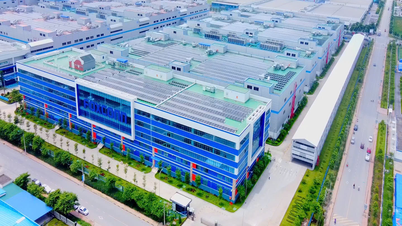





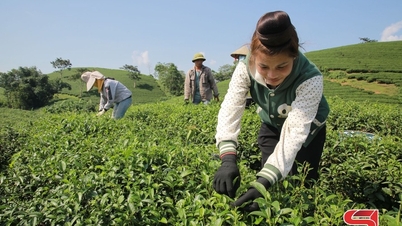

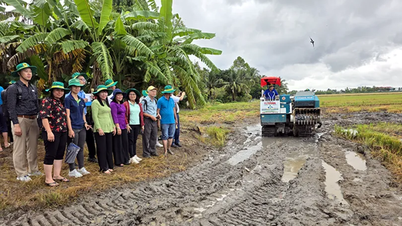






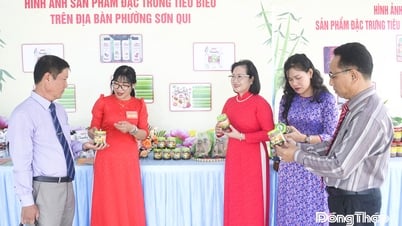
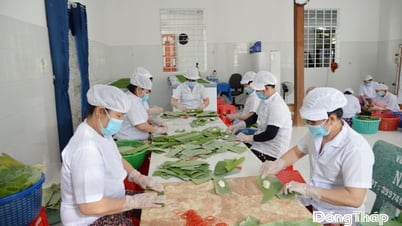
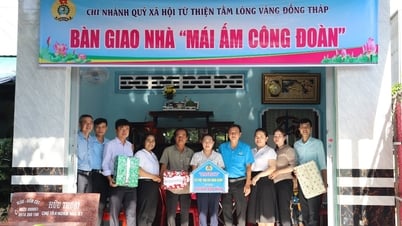
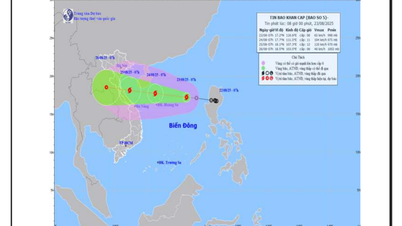



![[Photo] President Luong Cuong attends the 80th Anniversary of the Traditional Day of the Armed Forces of Military Region 3](https://vphoto.vietnam.vn/thumb/1200x675/vietnam/resource/IMAGE/2025/10/28/1761635584312_ndo_br_1-jpg.webp)
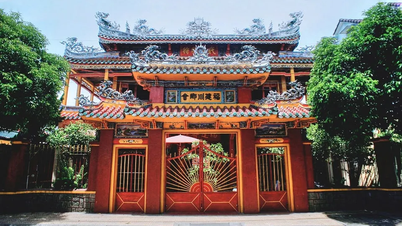



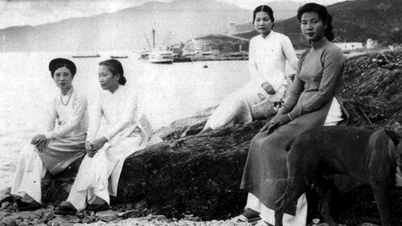

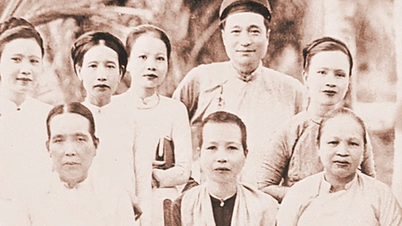




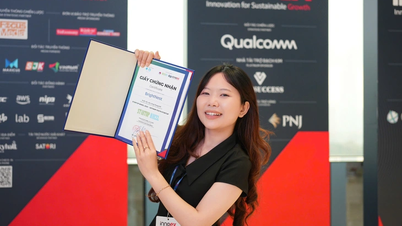






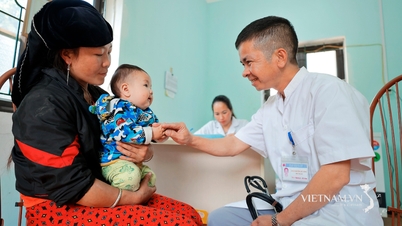

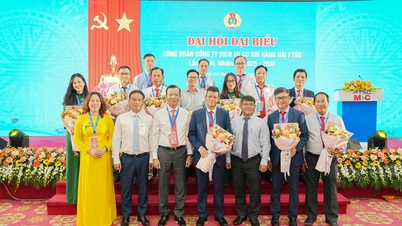
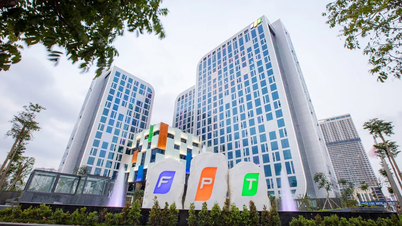
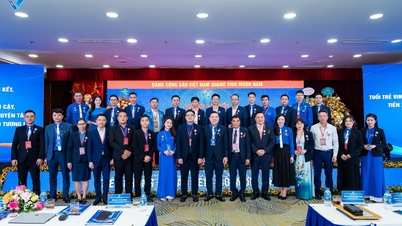

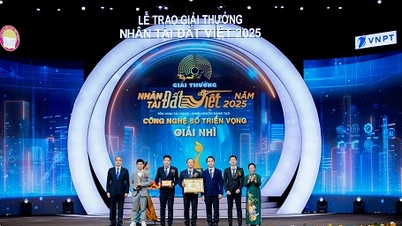
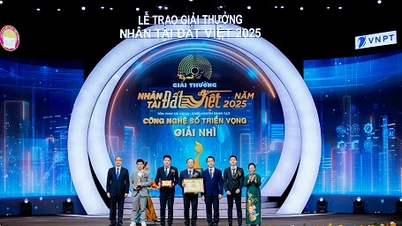



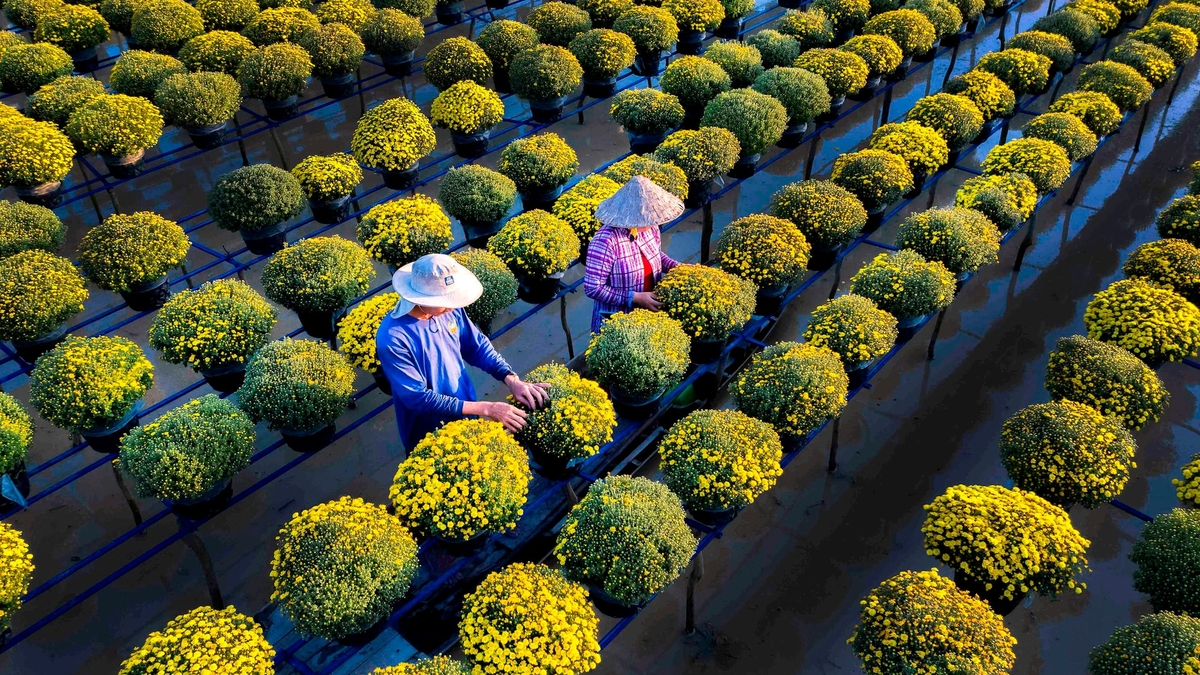




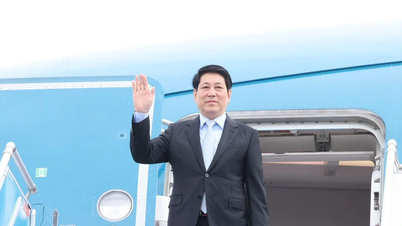

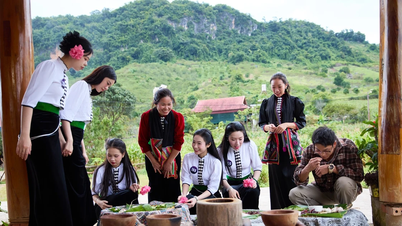

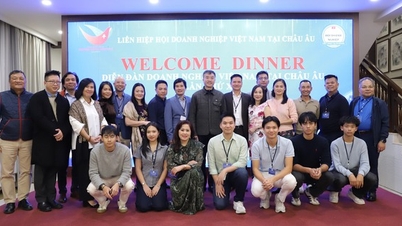



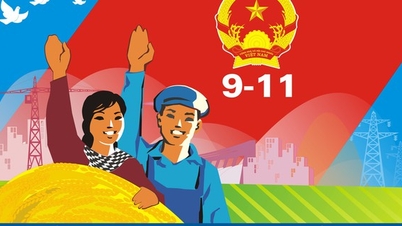

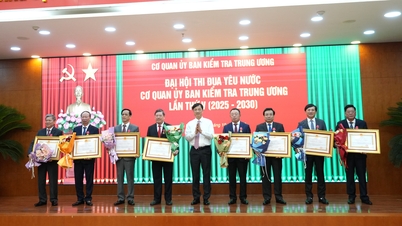



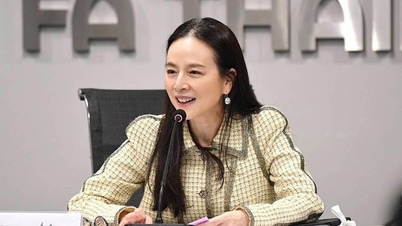







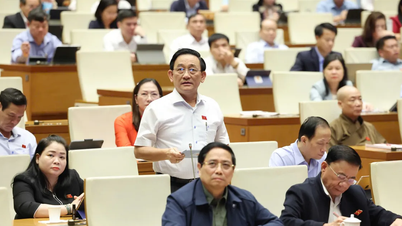

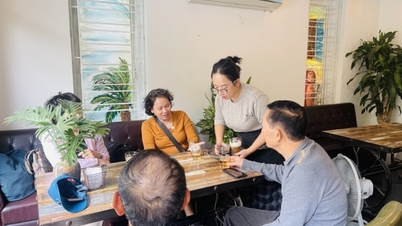

















Comment (0)